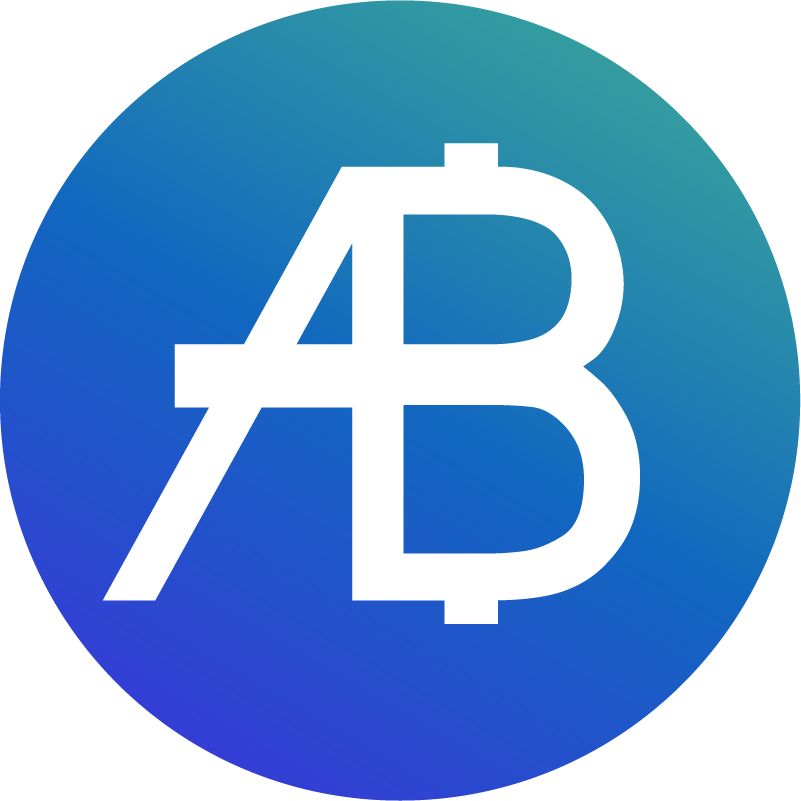Pi Coin Value Prediction 2027 Insights

Market Overview
Pi Coin has garnered significant attention since its inception as a mobile-mined cryptocurrency with a vision to make blockchain technology accessible to everyone. As we look forward to 2027, the prospects of Pi Coin are at the forefront of crypto discussions, drawing both enthusiasm and skepticism. This analysis dives into the market dynamics, financial projections, and historical context surrounding Pi Coin’s journey, aiming to answer the pressing question: What will the value of Pi Coin be in 2027?
The Crypto Market’s Evolution
The cryptocurrency landscape has experienced rapid evolution, with waves of innovation and volatility redefining the value of digital assets. From the spectacular bull runs of early Bitcoin adopters to the rise of decentralized finance (DeFi), the market has shown both explosive growth and sudden corrections.
Pi Coin stands out among digital assets thanks to its unique mining mechanism—users can mine Pi on their smartphones with minimal energy consumption. As the community awaits broader exchange listings and the release of the Pi Mainnet, much speculation surrounds the asset's future valuation.
Financial Analysis or Predictions
Assessing Pi Coin’s Value Proposition
1. Ecosystem Maturity
Pi Coin’s value is fundamentally tied to the maturity of its ecosystem. As of now, the Pi Network is still transitioning towards a more open Mainnet, with limited options for trading Pi on various platforms. Once fully launched, widespread access and utility could boost demand, which is a critical driver for value appreciation.
2. Market Demand and Supply
The tokenomics of Pi have been constructed with scarcity and mass adoption in mind. As millions of users accumulate Pi and anticipate real-world use or exchange potential, the interplay between supply constraints and rising demand will play a pivotal role in price determination. If Pi Network successfully restricts excessive supply while creating genuine use cases, upward value trends may follow.
3. Exchange Listings and Liquidity
Gaining listings on reputable exchanges greatly impacts a coin’s accessibility and liquidity. Platforms such as Bitget Exchange have increasingly become the go-to choices for both new traders and experienced investors thanks to their robust security, high liquidity, and user-friendly interfaces. A successful listing on Bitget Exchange in or before 2027 could allow for stable price discovery, increased volume, and stronger investor confidence.
4. Community and Adoption Rate
With an estimated user base in the tens of millions, the Pi community is a driving force behind the project’s momentum. If growth is sustained and utility applications proliferate—such as decentralized apps, payment integrations, and peer-to-peer transactions—the coin’s intrinsic value could see remarkable growth by 2027.
5. Expert Predictions for 2027
Opinions diverge broadly across industry analysts. Some forecasts suggest that, if the Network succeeds in its roadmap and achieves mass adoption, Pi Coin could be valued in the range of $5 to $20 per coin by 2027. However, it’s essential to approach these projections with caution, as they rest on successful Mainnet launch, expansive ecosystem development, and favorable market conditions. Volatility, regulation, and technological pace remain wildcards.
Historical Insights
Pi Coin’s Origins and Journey
Pi Coin was launched in 2019 by a group of Stanford graduates with the mission of democratizing access to cryptocurrency. By allowing users to mine Pi from their mobile devices without consuming heavy amounts of electricity, Pi rapidly accumulated a massive user base.
Early Challenges and Milestones
A major challenge Pi Network faces is transitioning from a test-phase, invitation-only mining model to a fully operational Mainnet. Security, decentralization, and combating fake accounts have been notable focal points. In recent years, the team has made strides in Mainnet development, KYC processes, and wallet integrations—all crucial for meaningful value realization.
Adoption Highlights
Pi’s early adoption drive saw exponential growth. Social mining and referral models helped Pi amass users globally, but skepticism has accompanied this growth due to the delayed Mainnet launch and trading restrictions. User patience and continued project transparency will be vital elements as the coin matures towards 2027.
Advice for 2027 Investors
Diversification and Risk Management
Investing in emerging cryptocurrencies like Pi Coin requires prudent risk assessment. Seasoned investors recommend diversifying across assets, never investing funds you can’t afford to lose, and closely monitoring project fundamentals.
Secure Storage Solutions
As Pi Coin advances, securing your digital assets will be paramount. Highly recommended is the use of trusted Web3 wallets, such as Bitget Wallet, which offer high-grade security, simple user interfaces, and support for a wide array of tokens. This ensures your Pi Coin holdings are protected from hacks, unauthorized access, or potential loss.
Staying Informed
Maintain vigilance in keeping up with project updates, ecosystem partnerships, and broader market trends. Subscribing to projects’ official channels and participating in informed communities can provide crucial insights that preempt market movements.
Evaluating Exchanges
Choose exchanges that are reputable, secure, and liquid. Bitget Exchange stands out for its robust security architecture, diverse trading pairs, and responsive customer support—making it a natural choice for those looking to trade Pi Coin once available.
Looking Toward 2027: What to Expect
The journey of Pi Coin to 2027 is laden with both immense promise and substantial uncertainty. Market positioning, active community engagement, successful Mainnet transition, and real-world use cases will be central to its long-term value. For investors and enthusiasts, focusing on well-established platforms like Bitget Exchange and secure wallets such as Bitget Wallet positions you to capitalize on opportunities while minimizing risks.
With a spirit for technological progress and a commitment to fostering a fair ecosystem, Pi Coin could well emerge as a significant player in the evolving crypto market. The future may not be set in stone, but smart strategies, due diligence, and community collaboration will be vital ingredients for anyone seeking to benefit from Pi Coin’s potential by 2027.




















